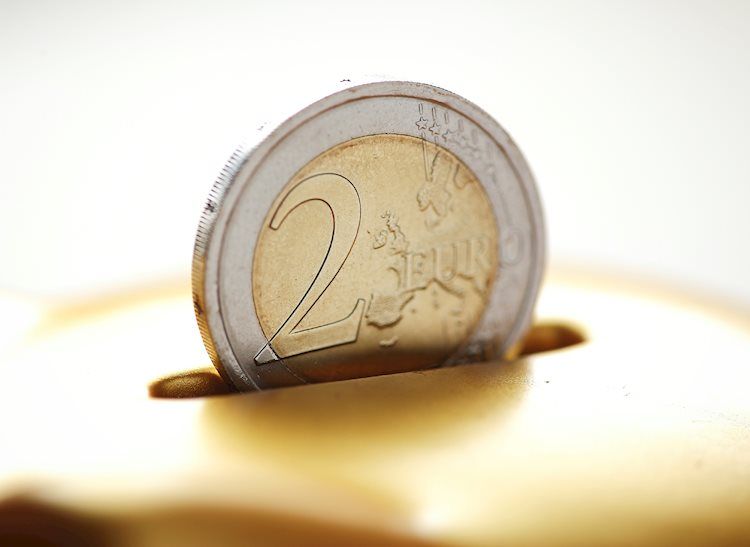On Friday, August 16, the US Dollar experienced fluctuations, ultimately ending the day with mixed results across the FX board. Positive data from the United States brought relief to speculative interest, easing concerns about a potential recession in the country. The release of healthy employment-related figures and upbeat Retail Sales played a key role in boosting market sentiment. While some figures were less than encouraging, they were not enough to provoke concerns or impact the likelihood of a September interest rate cut.
Stocks took advantage of the positive data, with Wall Street extending its rally to fresh weekly highs, resulting in substantial gains for the three major indexes by the end of the day. The Euro lost ground against the US Dollar, dropping below the 1.1000 mark and settling around 1.0970. Meanwhile, GBP/USD managed to end the day at around 1.2860, supported by favorable local data. The UK Q2 Gross Domestic Product (GDP) showed a growth of 0.6% in the three months to June as expected, and Manufacturing Production rose 1.1% MoM in June, exceeding expectations.
Safe-haven currencies like the CHF and JPY weakened slightly against the US Dollar, while commodity-linked currencies such as the AUD and CAD remained stable as the rally in stocks counteracted USD strength. Gold prices managed to recover, reaching the $2,450 mark before the US market closed.
Looking ahead, Friday will feature speeches from major central bank Governors, including Reserve Bank of Australia (RBA) Michele Bullock testifying before Congress and Reserve Bank of New Zealand (RBNZ) Adrian Orr discussing monetary policy at an event hosted by the Wellington Chamber of Commerce. Additionally, the UK will release July Retail Sales data, while the US will publish the preliminary estimate of the August Michigan Consumer Sentiment Index and Consumer Inflation Expectations.
The USD saw the strongest percentage change against the Japanese Yen when compared to other major currencies on Friday. The heat map displayed the percentage changes of major currencies against each other, with the base currency chosen from the left column and the quote currency selected from the top row. For example, the USD’s percentage change against the JPY can be found by moving along the horizontal line to find the corresponding box.
In conclusion, Friday’s market activity was influenced by positive US data, leading to a mixed performance for the US Dollar and varied results for other major currencies. Stocks benefitted from the optimistic economic figures, while safe-haven and commodity-linked currencies reacted differently to market conditions. Looking ahead, market participants will be monitoring central bank speeches and economic data releases for further insights into global trends and potential shifts in market sentiment.





















